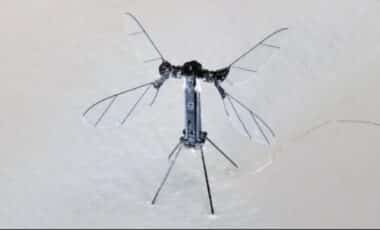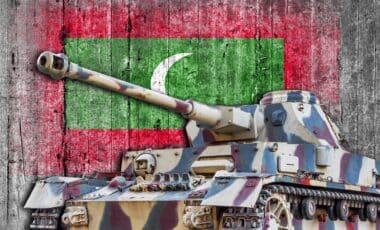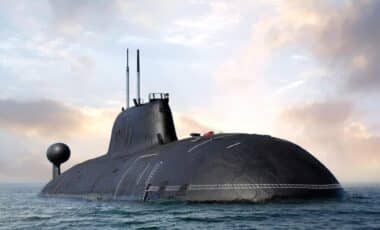Walter E. Wilson, a retired Navy captain and former head of US Naval Intelligence operationsin Europe, does an amazing job bringing his reader into “instant contact” with the Bullochwomen of Roswell, Georgia. They were certainly not ordinary antebellum Southern Belles. Mostwere well educated world travelers skilled at navigating social circles far outside the insulararistocracy of the rural South. Yes, but their lives were also filled with intrigue, espionage,scandal, adversity, and perseverance. During the Civil War they eluded Union spies on land andblockaders at sea. Afterwards they influenced the national debate on equal rights for women.The impact of their Southern ideals increased enormously when they integrated into theRoosevelt family of New York. Hence, Wilson’s meticulous research offers new discoveriesrevealing via his brilliant narrative prose the private lives of the South’s first ladies, among thema Confederate spy; the mom of President Teddy Roosevelt; the family’s nursemaid; and otherBulloch Belles, all perfectly enthralling.In “TEXAS SOUTH PLAINS WAR STORIES”, 104 veteran stories, inspiring and immenselyreadable, have been compiled and categorized by era. In short, they are divided and presentedin four parts: 71 stories in Section One designated as World War II spanning 181 pages; SectionTwo, 24 labelled under “Korea”, spanning 42 pages; seven in “The Vietnam War” collection, 25pages; and, in Part IV, the Additional Stories category, the final eight, 30 more pages,concluding the book. Jeff Shaara, author of “Gods and Generals” and “To Wake the Giants”,sums up the Williams-McLamore anthology best, “The stories are important enough that wemust know them all to pass the best on into the future.” Hampton Sides echoes, “No questionabout it. This is oral history at its best.” Many of the stories are accompanied by the photos ofthem as young troopers, then as veterans of today.What a hero-ship “The City of Flint” turned out to be! Even Hitler knew all about herexploits, angrily scoffing her bravery. Four months old by Christmas morning, 1939, thefreighter had already become famous for rescuing 1,200 passengers from a torpedoed oceanliner in the Atlantic. Captured by a Nazi warship and dispatched toward a German port, she wasrigged with explosives to ensure the British Navy would not capture her. But Norwegian soldiersdid, liberating her, again angering the Fuhrer.Xmas 1942 saw the “Flint” in New York alongside of other freighters loading up militarysupplies for North Africa. Allied shipping codes had been cracked by the German Navy, allowinga group of U-boats to lay in wait outside the harbor to attack. Secretly carrying poison gas aspart of her cargo, she was successfully torpedoed and exploded on January 25, 1943. Elevensurvivors in her four lifeboats fought off mountainous seas, hungry sharks, and maddeninghunger. One crewman went mad and walked overboard. The others survived 46 days beforerescue. Thus, such eyewitness accounts place the reader in “instant contact” with the Atlantic,those huddled in their lifeboats facing capsizing, and drowning in the near freezing tumultuouswaters. Author Magne Haugseng, a political scientist and historian, carefully weaves war diaries
and exhumed archival sources to retell the tragic story of the beloved “Flint”.








